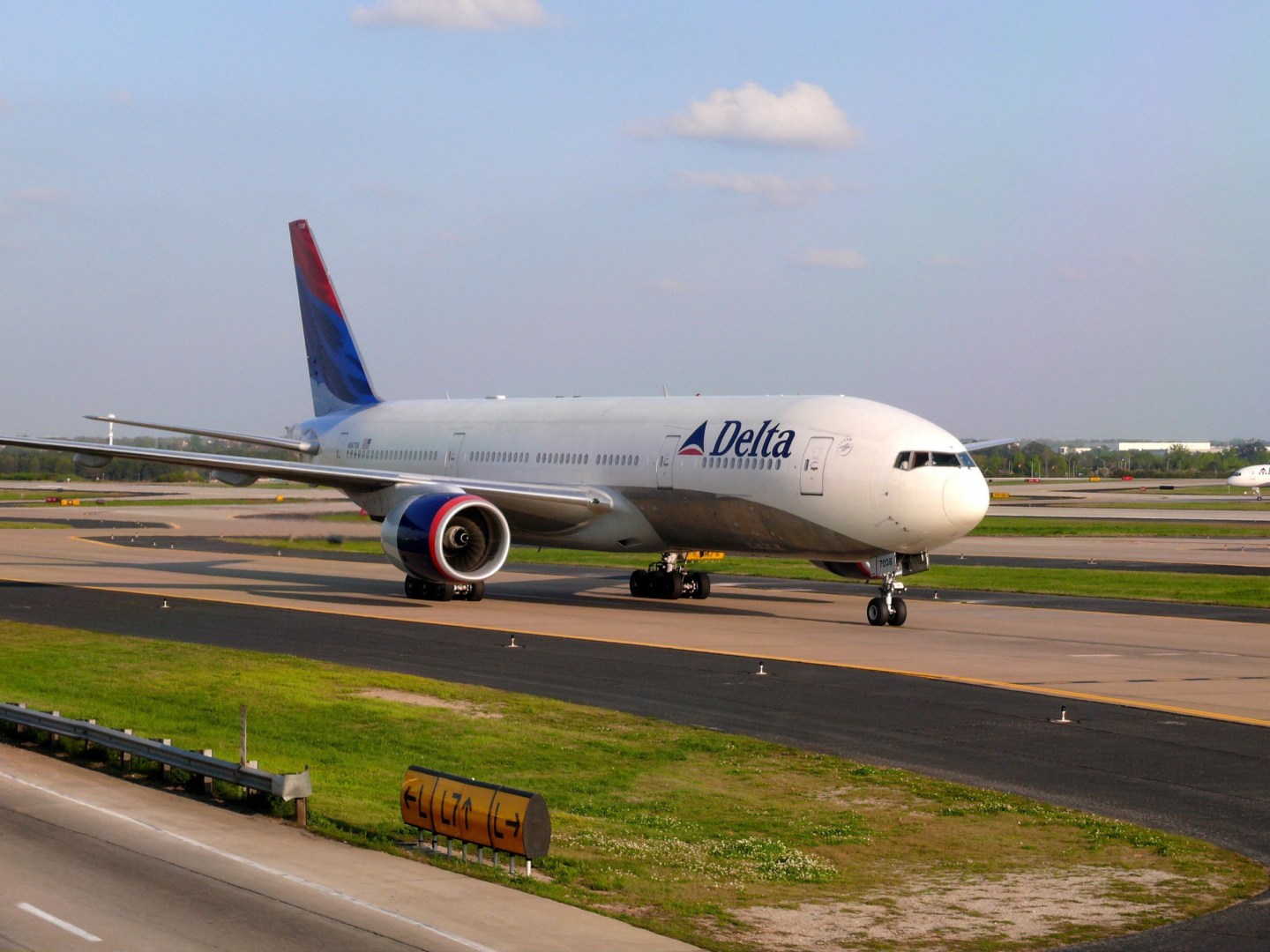On July 24, the Department of Transportation announced that it was launching an investigation into fares set by major airlines after the May crash of Amtrak Train 188. The fatal derailment stopped Amtrak service along the packed northeast corridor for nearly a week, sending travelers looking for alternatives. As demand surged, flyers paid as much as four times usual fares.
That certainly looked like, in Transportation Secretary Anthony Foxx’s words, “price-gouging.”
But what a flyer pays for a seat is determined in large part by computer algorithms that respond automatically to shifting demand, with little moment-to-moment human involvement. These so-called dynamic pricing systems are increasingly common across a variety of industries, and the DOT’s investigation will have to wrangle with some fundamental questions they raise.
Speaking to The New York Times, George Hobica of Airfarewatchdog.com said that, when supply was tight, airlines “will charge whatever they think they can get.”
But that’s not strictly true. At any given moment, airlines’ dynamic pricing systems work within a limited range of fares, filed with the Airline Tariff Publishing Company (ATPCO) about once a day. That includes the maximum fare for coach seats—what’s known as the Y fare. It’s a price usually only seen by the most desperate last-minute travelers, and can be many times higher than a typical fare.
But each airline’s daily Y fare would have been set before Amtrak 188’s crash. As demand spiked, automated systems would have reserved more and more seats for sale at the maximum rate, without any humans necessarily involved.
The most concrete question for the DOT will be whether airlines inflated their highest fares in the days following the derailment. Trains were down for nearly a week, plenty of time for human revenue managers to file higher maximum prices with ATPCO.
But Delta has already denied raising its maximum northeast fares after the derailment—in fact, it says it lowered them.
In the absence of a greedy human hand, the DOT will be left with more thorny questions. Price gouging, in both common parlance and a variety of state laws, means raising prices in an emergency. But can it also apply when more customers are charged an existing high price? And even more tricky—what if the system offering fares has no idea there’s an emergency?
Those kinds of questions are becoming increasingly important as dynamic pricing proliferates from airlines to hotels, entertainment, and even retail. Late last year, during a hostage crisis in downtown Sydney, Uber’s dynamic pricing system briefly quadrupled fares for riders hoping to leave the area, leading to major backlash.
Though it ultimately refunded those Sydney fares, Uber has said its surge pricing is designed to attract more drivers when they’re needed most, including during emergencies. Airline pricing is different from Uber’s because on any given day, the number of seats on a flight is fixed. Economists would argue that raising prices as demand shifts also helps get seats to those in the direst need—although in the real world, things are a little more complex.
Consumers haven’t quite bought such arguments, showing visceral distaste for most kinds of automated dynamic pricing. Uber’s surge pricing has been met with indignation far beyond the Sydney incident, and Amazon faced harsh criticism when it was rumored to be adjusting prices based on customer demographics.
The DOT’s new investigation makes that skepticism official, and could discourage more fundamental automation of airline prices. A source intimately familiar with industry pricing told Coins2Day that airlines have considered automating the fares filed with ATPCO, which would theoretically allow the maximum fare itself to increase from moment to moment.
There is one other surprising restriction on that scenario. Even in an era when we carry supercomputers in our pockets, the algorithms that help airlines determine their pricing categories are so complex that they can only be run overnight—when nobody else is using the computers.
The DOT has requested responses from airlines by the end of August.
